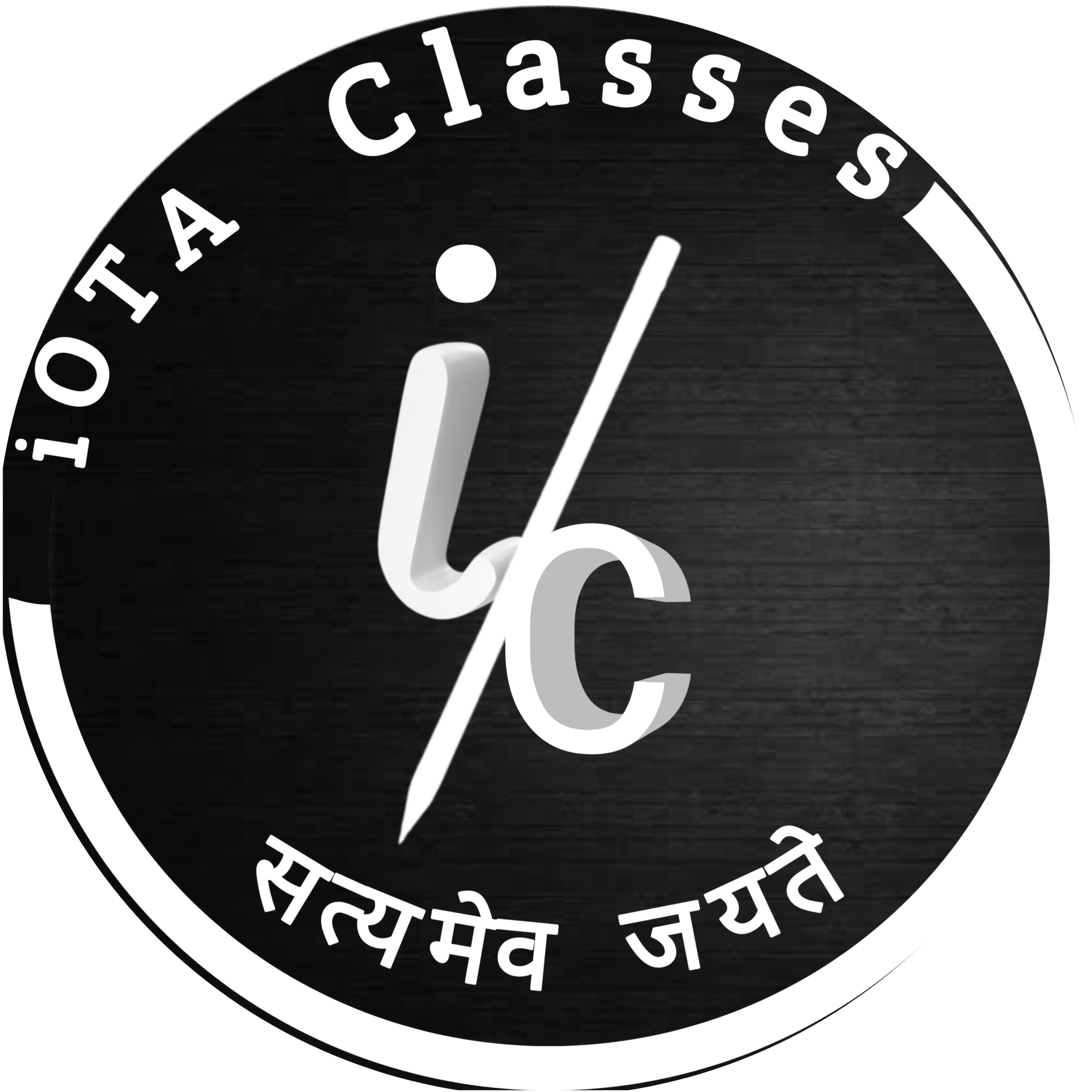Constitutional Design Class 9
1. Introduction
• A constitution is a set of fundamental rules that guides how a country is governed.
• It defines the structure of government, citizens’ rights, and the relationship between the state and its people.
• Every democratic country needs a constitution to ensure fairness, justice, and equality
2. Democratic Constitution in South Africa
Apartheid System
• Apartheid: A system of racial segregation in South Africa.
• Whites ruled over the majority non-white population.
• Non-whites were denied:
• Voting rights
• Equal education and public facilities
• Right to live in white areas Struggle Against Apartheid
• Led by the African National Congress (ANC).
• Nelson Mandela: Key leader, imprisoned for 28 years.
• Global condemnation and internal resistance led to the end of apartheid. Birth of a New Constitution
• In 1994, apartheid ended and South Africa became a democracy.
• Both oppressors and the oppressed worked together to draft a new constitution.
• The new constitution:
• Gave equal rights to all
• Ensured no exclusion in governance
• Became a model for democratic values
The current constitution, the country’s fifth, was drawn up by the Parliament elected in 1994 general election. It was promulgated by President Nelson Mandela on 18 December 1996 and came into effect on 4 February 1997, replacing the Interim Constitution of 1993. [1]
3. Why Do We Need a constitution?
• Establishes trust among diverse groups.
• Defines government structure and decision-making powers.
• Limits government power and protects citizens’ rights.
• Expresses national ideals and aspirations for a just society.
🇮🇳 4. Making of the Indian Constitution
Historical Context
• India gained independence in 1947 after partition.
• Faced challenges like:
• Religious violence
• Integration of princely states
• Economic instability Path to Constitution
• 1928: Motilal Nehru and Congress leaders drafted a constitution. Here’s a detailed explanation of the 1928 Constitution drafted by Motilal Nehru and Congress leaders, known as the Nehru
Report:
The Nehru Report (1928)
Background
• In 1927, the British government appointed the Simon Commission to suggest constitutional reforms for India.
• The commission had no Indian members, which led to widespread protests.
• Lord Birkenhead, the Secretary of State for India, challenged Indians to prove they could draft a constitution on their own.
🏛 Formation of the Committee
• In response, the Indian National Congress convened an All Parties Conference in December 1927.
• A committee was formed in May 1928, chaired by Motilal Nehru.
• Other members included:
• Subhash Chandra Bose
• Tej Bahadur Sapru
• Ali Imam
• M.S. Aney
• Mangal Singh
• G.R. Pradhan
• Shuab Qureshi
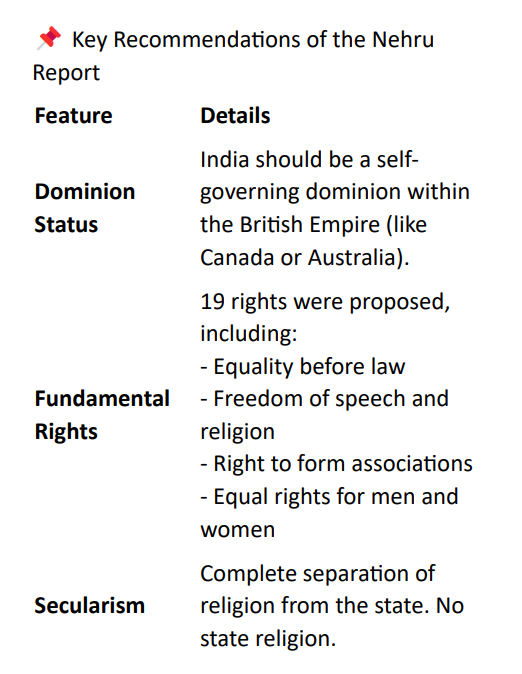
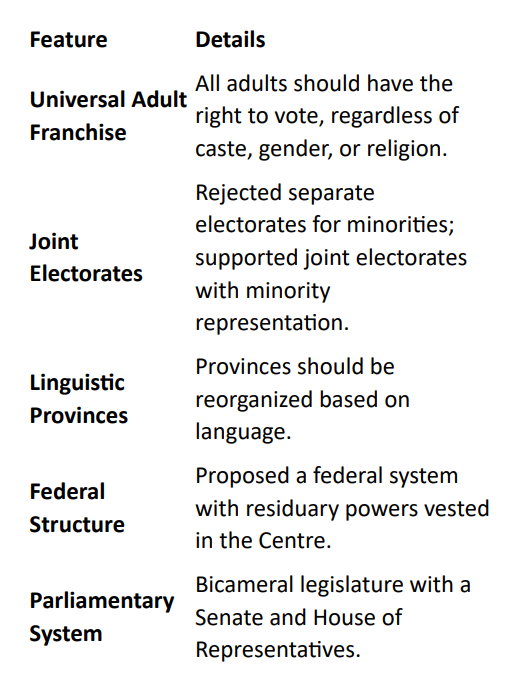
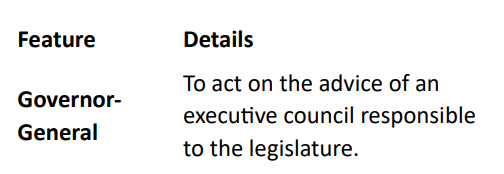
Reactions and Impact
Opposition
• Muslim League rejected the report due to:
- Rejection of separate electorates (agreed in the Lucknow Pact 1916).
- Residuary powers being given to the Centre.
• Muhammad Ali Jinnah responded with his Fourteen Points in 1929.
Within Congress
• Jawaharlal Nehru and Subhash Chandra Bose opposed the idea of Dominion Status.
• They demanded complete independence and later formed the Independence for India League.
Legacy
• Though not accepted by all, the Nehru Report was the first Indian attempt to draft a constitution.
• It laid the foundation for:
• Fundamental Rights in the Indian Constitution
• Secular and democratic values
• Federal structure of governance
• 1931: Karachi Resolution emphasized rights like
1931: Karachi Resolution
Context and Background
• Held during the Karachi Session of the Indian National Congress (March 26–31, 1931).
• Presided over by Sardar Vallabhbhai Patel.
• Came shortly after:
- The execution of Bhagat Singh, Rajguru, and Sukhdev (March 23, 1931).
- The signing of the Gandhi-Irwin Pact, which temporarily suspended the Civil Disobedience Movement.
• Despite public anger over the executions, the Congress endorsed the pact and focused on defining the vision of Swaraj (self-rule).
Two Key Resolutions Passed
1. Resolution on Fundamental Rights
Outlined the civil and political rights that Swaraj would guarantee:
• Freedom of speech, press, and assembly
• Universal adult franchise
• Freedom of religion and conscience
• Equality before law regardless of caste, creed, or gender
• Free and compulsory primary education
• Secular state: Neutrality in religious matters
• Protection of minorities’ language, culture, and script
• Right to move freely, own property, and pursue any profession
• Abolition of untouchability and discrimination
• Right to bear arms (with regulation)
• No capital punishment
2. Resolution on National Economic Programmed
Outlined the socio-economic vision of Swaraj:
• Reduction of land revenue and rent for peasants
• Relief from agricultural debt and control of usury
• State ownership/control of key industries, transport, and mineral resources
• Living wage, limited working hours, and protection of workers, especially women
• Ban on child labor in mines and factories
• Maternity benefits for women workers
• Right to form unions for workers and peasants
• No tax on salt
• Promotion of indigenous industries, especially khadi and handloom
• Graduated tax on land and inheritance
• Reduction in military expenditure
Significance
• First time the Congress clearly defined what Swaraj meant for the common people.
• Reflected a progressive and inclusive vision of India’s future.
• Influenced the Directive Principles of State Policy in the Indian Constitution (Part IV).
• Showed that political freedom must include economic and social justice.
• Universal Adult Franchise
• Freedom and Equality
• Minority protection
Influences
• British laws (e.g., Government of India Act 1935)
Government of India Act, 1935
Background
• Passed by the British Parliament in August 1935, came into effect on 1 April 1937.
• Based on:
- Simon Commission Report (1930)
- Round Table Conferences (1930–32)
- White Paper (1933)
• Aimed to address Indian demands for greater self-governance while maintaining British control.
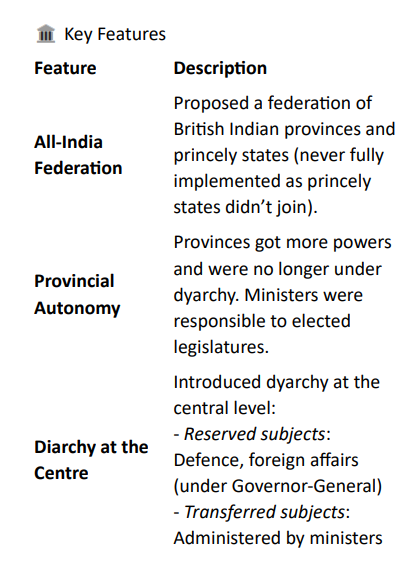
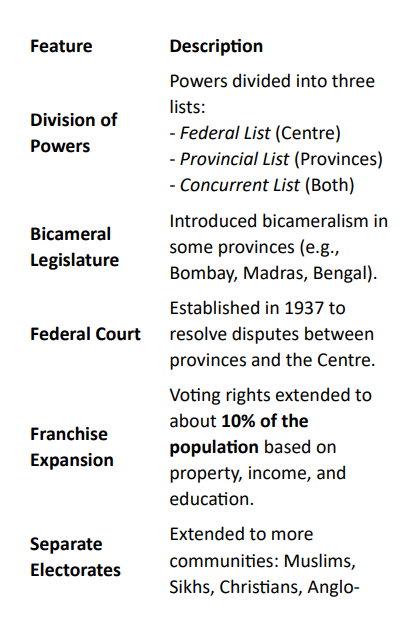
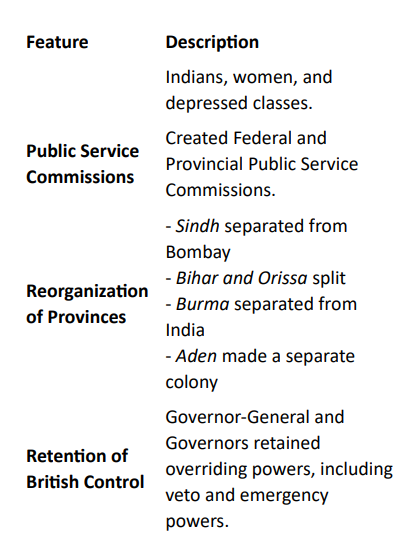
Significance
• First attempt to establish a federal structure in India.
• Introduced provincial autonomy, a step toward responsible government.
• Laid the constitutional foundation for many features in the Indian Constitution (e.g., federalism, division of powers, public service commissions).
Limitations and Criticism
• No full self-rule: Real power remained with the British Crown.
• Governor-General’s powers: Could override elected governments.
• Separate electorates: Deepened communal divisions.
• Rigid structure: No provision for Indian amendment; only British Parliament could change it.
• Rejected by Indian leaders: Congress and other parties demanded complete independence.
Legacy
• Though never fully implemented, the Act influenced the structure of the Indian Constitution.
• Many of its administrative and institutional frameworks were adopted and modified post-independence.
• French Revolution (liberty, equality, fraternity)
• US Bill of Rights
🇺🇸 U.S. Bill of Rights (1791)
What Is It?
• The Bill of Rights is the name given to the first 10 amendments to the U.S. Constitution.
• Ratified on December 15, 1791.
• It guarantees fundamental rights and freedoms to individuals and limits the powers of the federal government.
Key Amendments and Their Rights
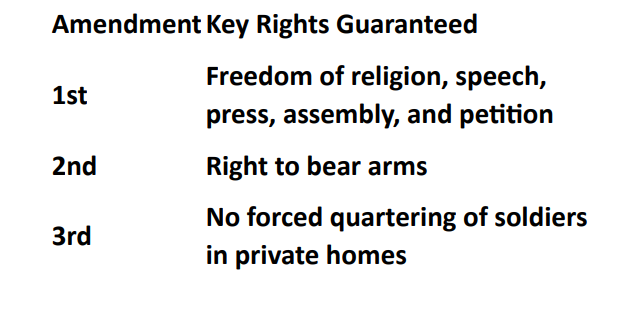
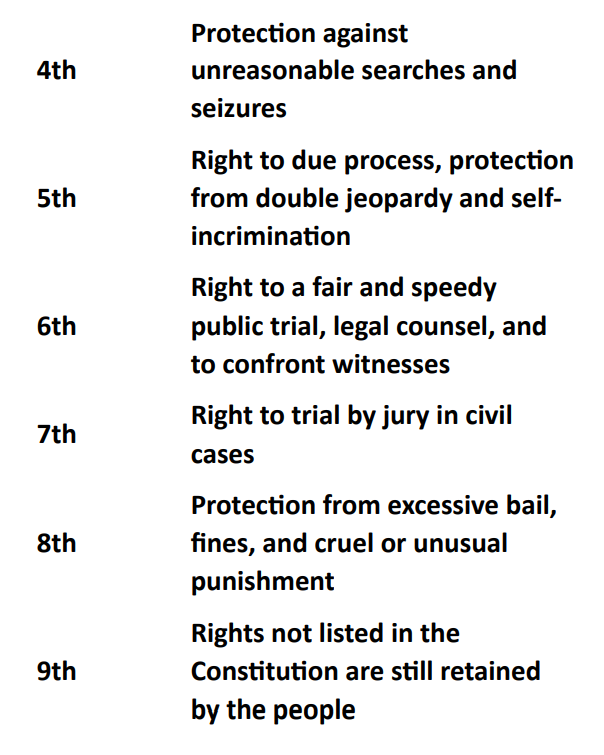

Historical Context
• After the U.S. Constitution was drafted in 1787, many states demanded a clear list of individual rights before ratifying it.
• Influenced by:
- Magna Carta (1215)
- English Bill of Rights (1689)
- Virginia Declaration of Rights (1776)
• James Madison, known as the “Father of the Constitution,” drafted the amendments.
Influence on the Indian Constitution
The U.S. Bill of Rights inspired several features in the Indian Constitution:
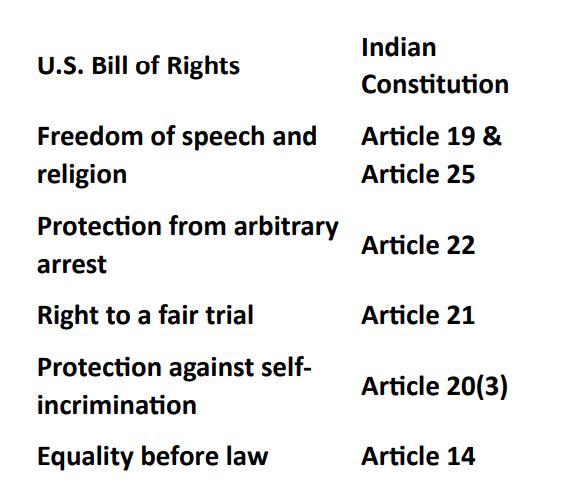
Significance
• A cornerstone of liberal democracy.
• Ensures that government power is limited and individual liberty is protected.
• Continues to shape debates on civil rights and justice in the U.S.
• British Parliamentary System
Influence on India
India adopted several features from the British system:
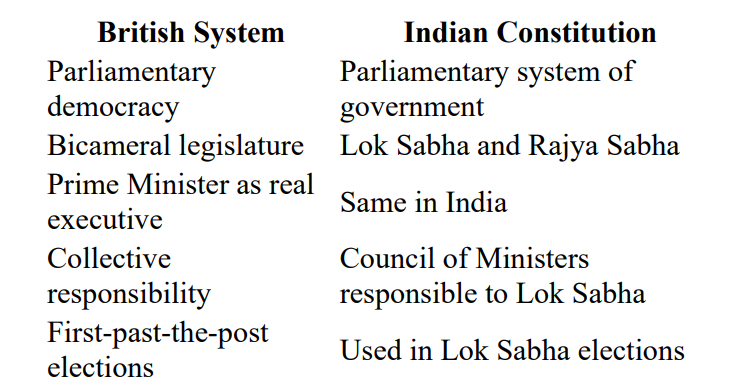
The British Parliamentary System is known as the “Mother of Parliaments”.
5. The Constituent Assembly

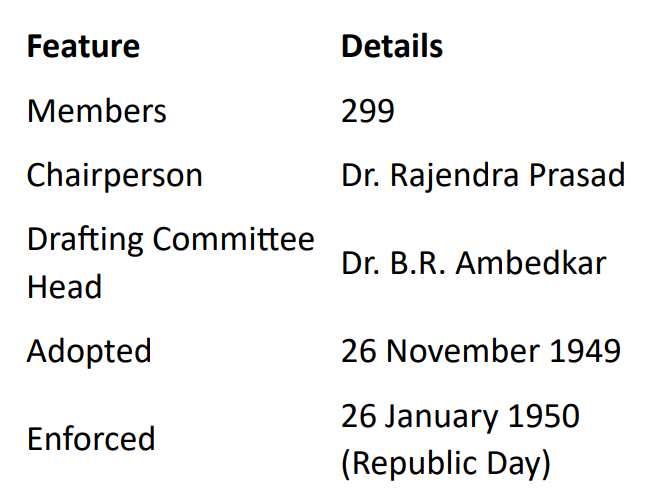
• Worked for 3 years, 114 days of debate.
• Over 2,000 amendments discussed.
• Every word recorded in Constituent Assembly Debates.
Main Members of the Indian Constituent Assembly
The Constituent Assembly was formed in 1946 under the Cabinet Mission Plan. It had 389 members initially, later reduced to 299 after the partition in 1947. These members represented diverse regions, religions, castes, and ideologies.
Key Personalities and Their Roles
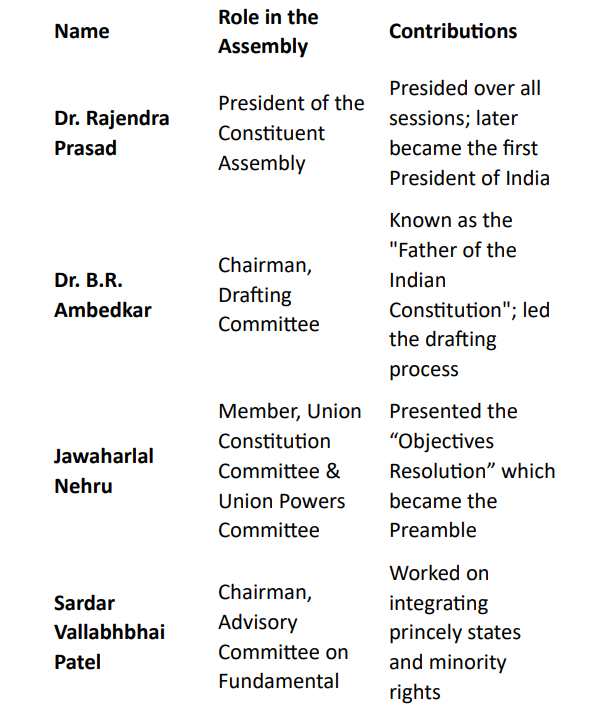
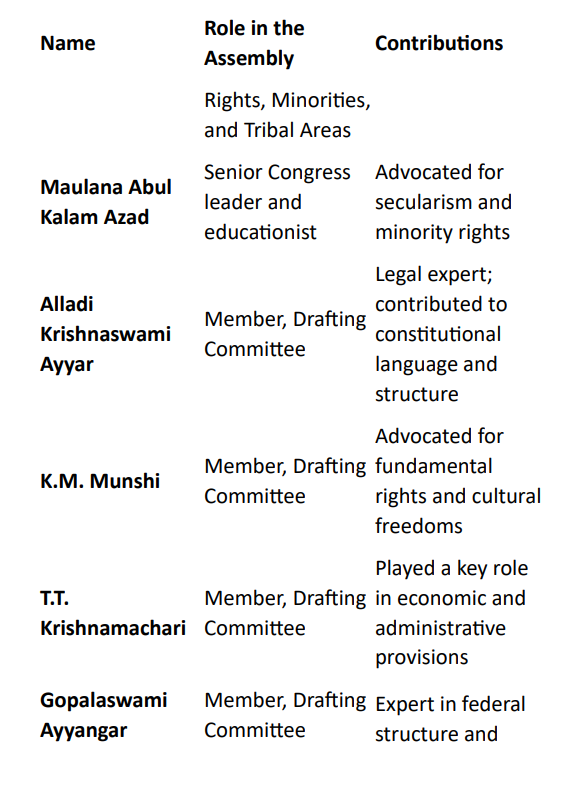
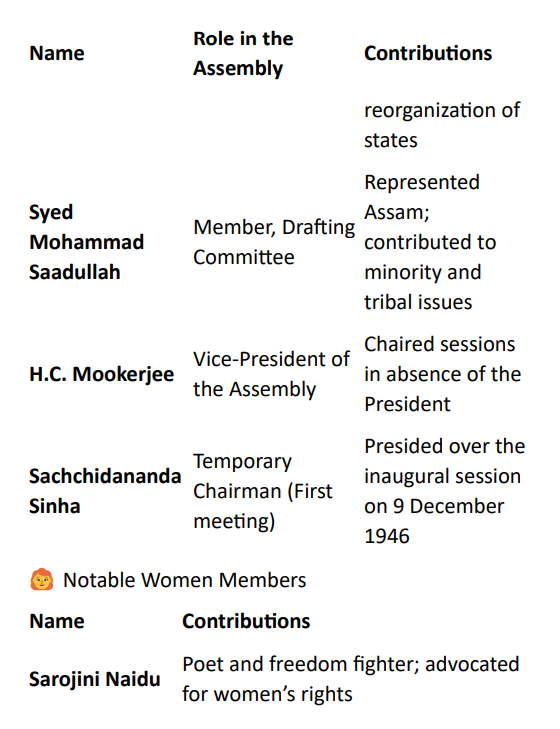
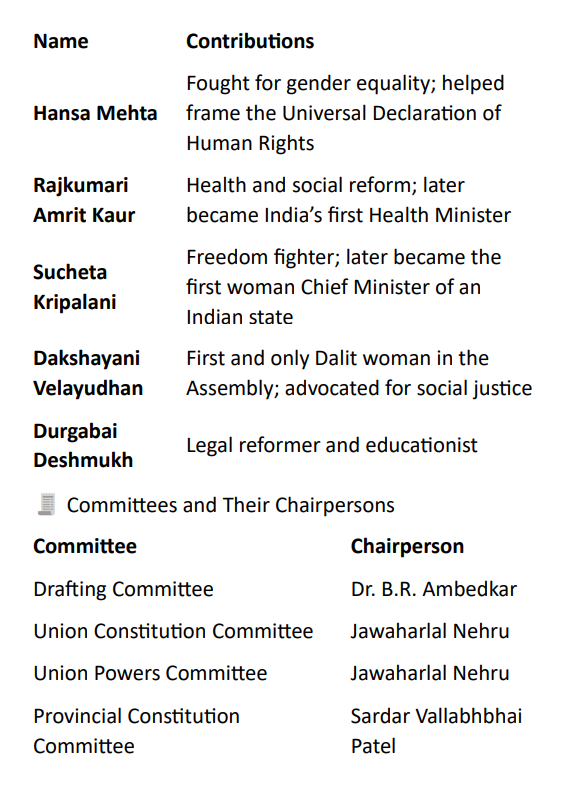
Diversity and Representation
• Members came from all regions, religions, and communities.
• Included Scheduled Castes, Scheduled Tribes, Muslims, Sikhs, Christians, and women.
• Represented a wide range of ideologies: liberals, conservatives, socialists, and nationalists.
6. Guiding Values of the Indian Constitution
The Preamble
What Is the Preamble?
The Preamble is the introductory statement of the Indian Constitution. It outlines the philosophy, values, and objectives that the Constitution seeks to achieve. It reflects the vision of the framers and serves as a guiding light for interpreting the Constitution.
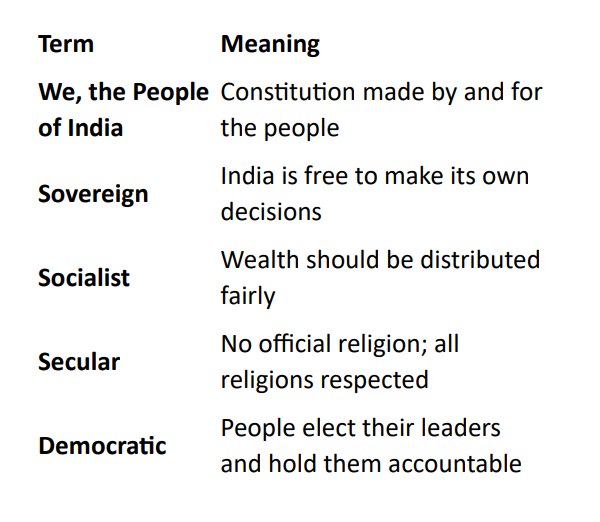
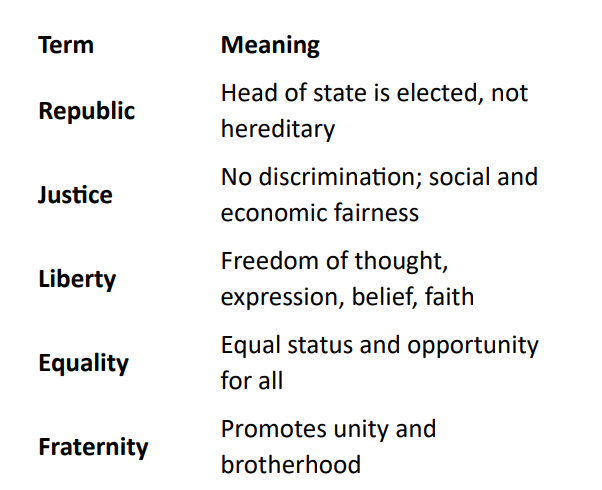
7. Institutional Design
• Constitution is not just ideals—it provides a framework for governance.
• Specifies:
- Powers of each branch of government
- Election procedures
- Rights and duties of citizens
• Can be amended to adapt to changing needs.
Home – View
Official Website- Physics Wallah
iOTA CLASSES has been working for the last 6 years at youtube ( online mode) but from last year ( 2024) we are running both online and offline,
With the cooperation of students , parents , our colleagues and team, we have gained satisfactory results,
And working more enthusiastically for the better aspirations. image of 2024 class 10th result [CBSE and BSEB( ENG. Med)]
